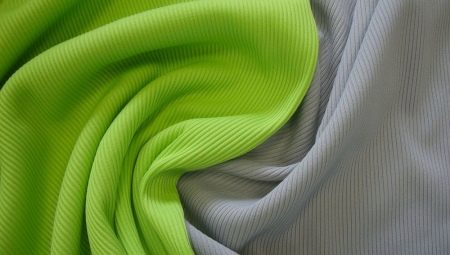Ribana is a practical and popular material and is widely used for sewing clothes and hats. The fabric is a knitted fabric made using the technique of machine knitting.

What it is?
Riban is considered one of the most popular types of knitwear and is a cotton material created using the technology of cross knitting based on double weaving of threads. As a result of this method, both sides of the fabric are completely identical and look like a fabric bound in fine gum. The front and back loops alternate through one, giving the material aesthetics and a neat appearance. The material is so elastic and resilient that it is sometimes called a cuff elastic.

Ribana is one of the cross-knit or culinary materials, and its production takes place on special knitting machines. The form of fabric release is rolls, the width of which varies from 55 to 130 cm. However, in addition to the roll version, riban is often made by the method of circular knitting, with the formation of an openwork and press pattern.
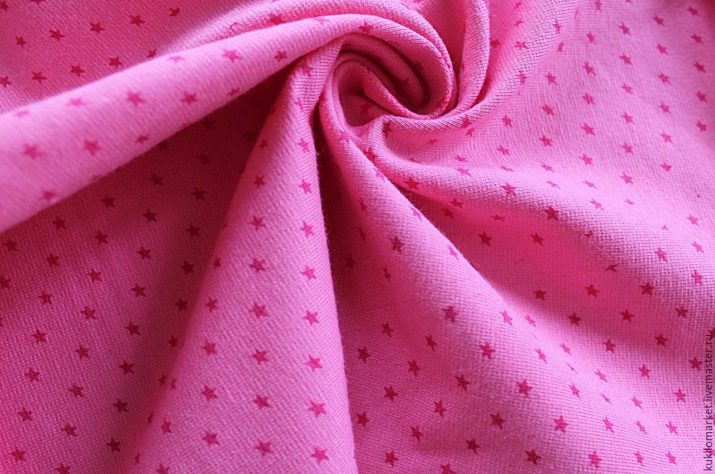
A variety of relief is achieved thanks to a special pattern of alternating front and back loops, which allows you to get a beautiful canvas with unusual weaving or perforation.
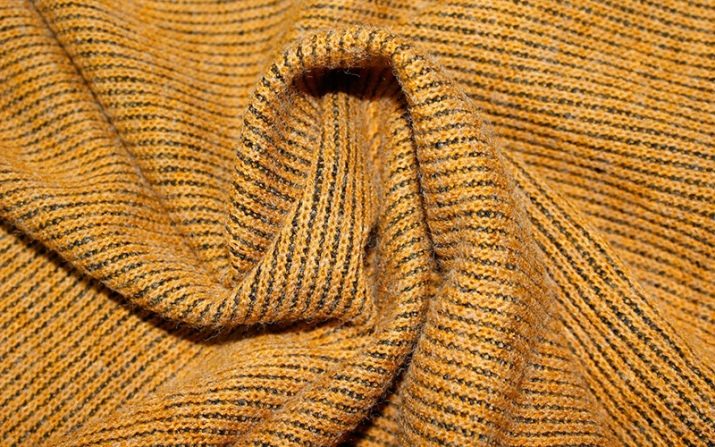
Composition and properties
Ribana belongs to the category of natural fabrics and is 100% cotton. However, to increase wear, artificial fibers are often added to the composition. Their share, as a rule, is small and barely reaches five percent. Synthetic inclusions are lycra, polyester, viscose and elastane.The presence of synthetic filaments gives the riban elasticity, makes it pleasant to the touch and helps maintain the original shape after washing the items. Riban clothing provides good air exchange and prevents the body from overheating while wearing.
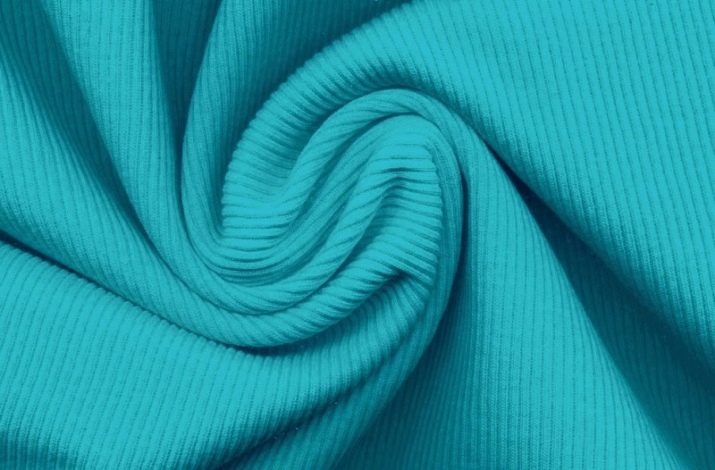
Ribana with lycra and rubber thread is considered the most wear-resistant and durable. Things sewn from such a fabric are characterized by maximum elasticity and are able to maintain their original shape even after repeated washing. The density of the ribana is 190 g / m2, which allows it to occupy an intermediate place between its similar interlock and cash-cors by its operational properties. An important point in the description of ribans is its hygroscopicity.
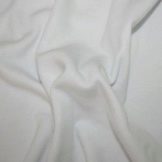

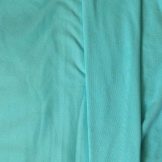
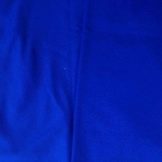
The material is capable of absorbing well the moisture secreted by the body and, due to synthetic fibers, also quickly and efficiently evaporate it. It is this property that makes riba an indispensable material when sewing children's and sportswear.
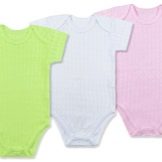
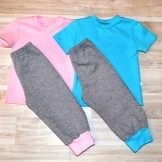
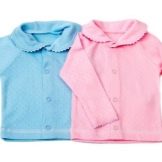
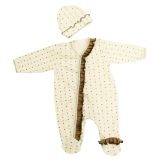
Advantages and disadvantages
High consumer demand and a large number of positive reviews about Riban due to a number of undeniable advantages of this material.
- The fabric does not cause allergic reactions, has good breathability and quickly wicks sweat away.
- Due to the presence of synthetic yarns and a special type of knitting, the material returns to its original forms even in the case of strong stretching.
- The high durability of ribans significantly increases the service life of things and allows them to remain attractive for a long time. In addition, the material is not prone to molting and shrinkage, is resistant to the formation of spools and is able to tolerate numerous washings.
- The fabric is absolutely unpretentious in leaving, is easily washed and does not demand special storage conditions.
- High thermoregulatory properties of the material are due to the presence of microcavities filled with air in its structure. Because of this, an air gap is created between the body and the tissue, ensuring the maintenance of an optimally comfortable microclimate. As a result, the body does not overheat during physical exertion and does not freeze at rest.
- A wide color palette allows you to realize bold design ideas and bring them to life when creating collections of home and casual wear.
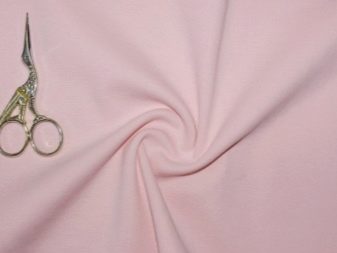
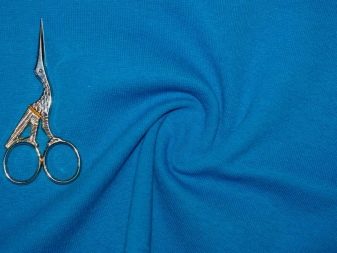
However, along with the obvious advantages, ribans still have disadvantages. Among the minuses should be noted low resistance to fading and long (compared with synthetic materials) drying after washing. This also includes the need to comply with certain rules when drying riban products.

Kinds
Ribana is classified according to two criteria, the fundamental of which is the composition of the tissue. On this basis, two types of material are distinguished: natural and with synthetic inclusions. The first type is represented by a 100% cotton fabric, from which romper, hats and blouses for babies are sewn. The second is called an eraser and is made with the addition of synthetic threads. To improve the decorative properties of the fabric, it is often produced with lurex and openwork inserts, and to improve its heat-saving qualities, with double fleece.

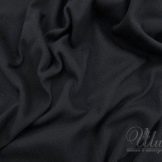
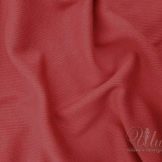
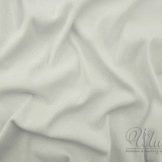
The second sign of the classification of ribans is the method of staining. In the manufacture of clothing for newborns, unpainted white ribana is more often used, while for sewing everyday, home and sportswear, fabric is dyed. According to this criterion, one-colored and printed canvases are distinguished.
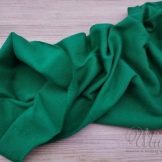
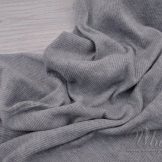
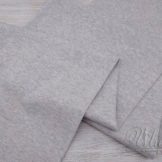
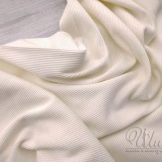
The color ribana looks pretty enough and has a wide variety of patterns and shades. It can be both funny children's images, and contrasting stripes and geometric patterns.
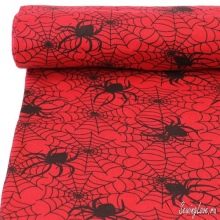
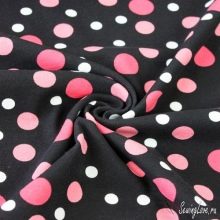
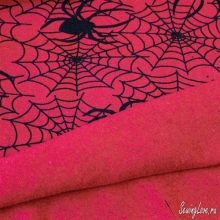
Where is it used?
The most extensive area of use of ribans is the sewing of children's clothing. The lion's share of the summer and demi-season assortment is represented by things sewn from this universal material.Such a preference for manufacturers of children's clothing is explained by the good demand for such things and their high performance properties. In addition to children's models, women's and teenage underwear are sewn from ribbons, decorating products with openwork, decorating with bows and beautiful inserts.
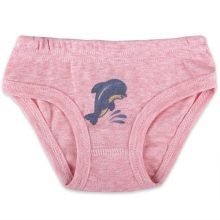
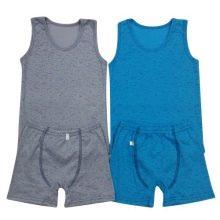
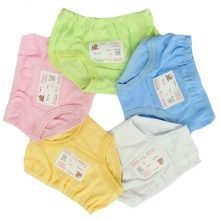
Often, ribana is used for sewing T-shirts, turtlenecks and sundresses, as well as for the manufacture of sports kits. Moreover, for the production of winter and demi-season models, ribbed hair is used, which allows you to get very light and at the same time warm and breathing clothes. You can also sew cuffs and collars for windbreakers and jackets, home clothes and pajamas from ribans. In addition, knitwear is very often used in the manufacture of children's and sports hats, home textiles and everyday items, as well as a turning material in the processing of necks, cuffs and sleeves.
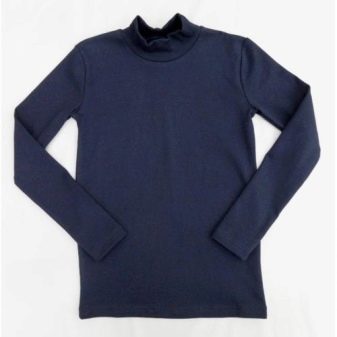
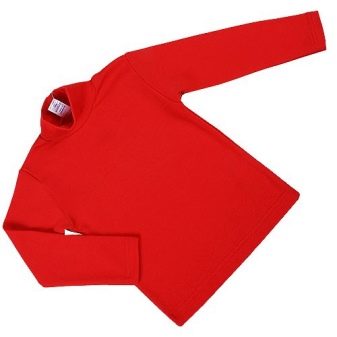
How to care at home?
Ribana, like many other knitted fabrics, belongs to the category of fairly unpretentious materials and does not require any special washing and storage conditions. However, some general recommendations still need to be followed. This will help to keep the color of the product as long as possible and extend its service life. When washing by hand, prolonged friction should be avoided, while when washing by machine, it is better to use the “Delicate Wash”, “Synthetic Fabrics” or “Quick Wash” modes. Despite the fact that the bulk of the fabric is cotton, it is not recommended to use the regime designed for washing cotton fabrics. The optimum temperature for both hand and machine wash is 30 degrees. As a detergent, it is advisable to use a soap solution or laundry detergent for children's clothing or delicate fabrics.
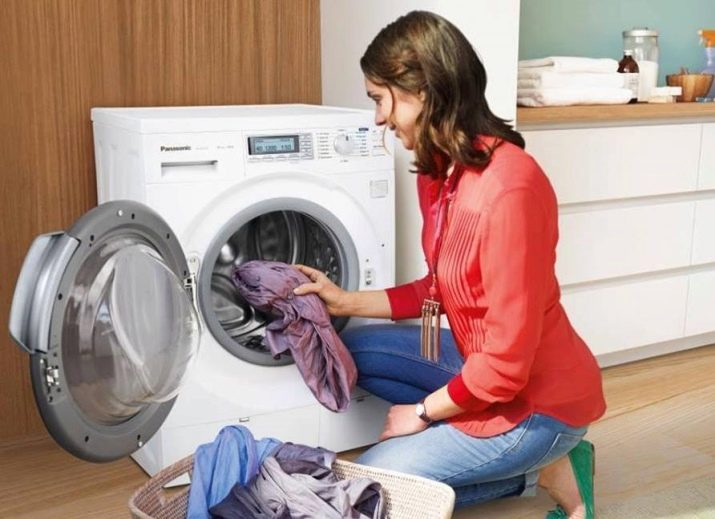
It is advisable to spin the products at medium speeds, and when washing by hand do not twist too much. In this case, it is better to slightly squeeze the product, and then pat it dry with a soft soft towel. Due to the fact that the knitwear dries long enough, the best place to dry is fresh air. However, when hanging clothes on the street, you need to remember that the riban is prone to fading in the sun, so in order to avoid quick color loss, it is recommended to hang clothes in the shade. If there is no way to hang the laundry in a shaded place, then you can turn it inside out.
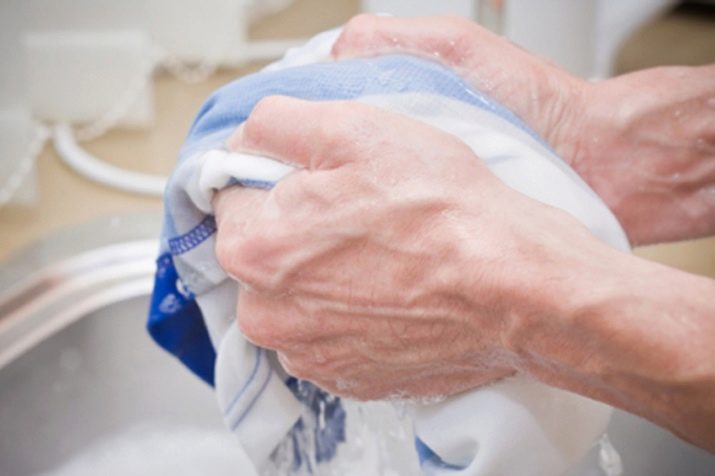
It will also help preserve the color and brightness of the pattern on the front side. Drying turtlenecks, T-shirts, tracksuits and sundresses should be carried out on a horizontal surface, previously covered with a soft cloth. Otherwise, things can stretch out, skew and lose their original shape. It is strictly forbidden to dry clothes from ribans on heating radiators.
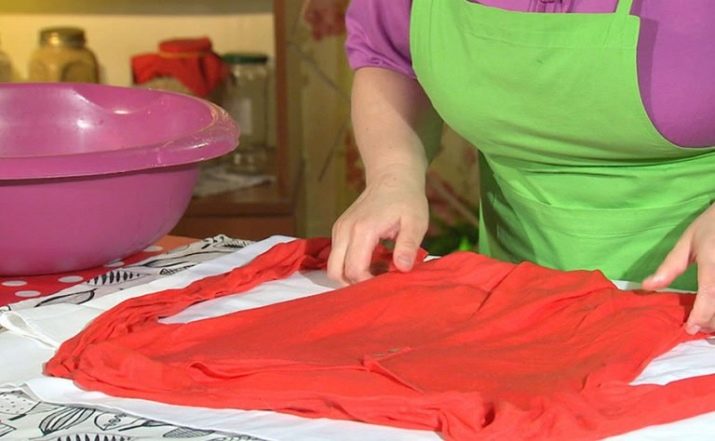
Ironing with ribans is recommended with a moderately heated iron, which usually corresponds to two points on its regulator. Ironing should be done from the inside out using moderate steaming. For everyday items and sportswear, vertical ironing and steaming by weight are well suited. This will help to better iron the product and protect the rib fibers from the aggressive effects of high temperatures.
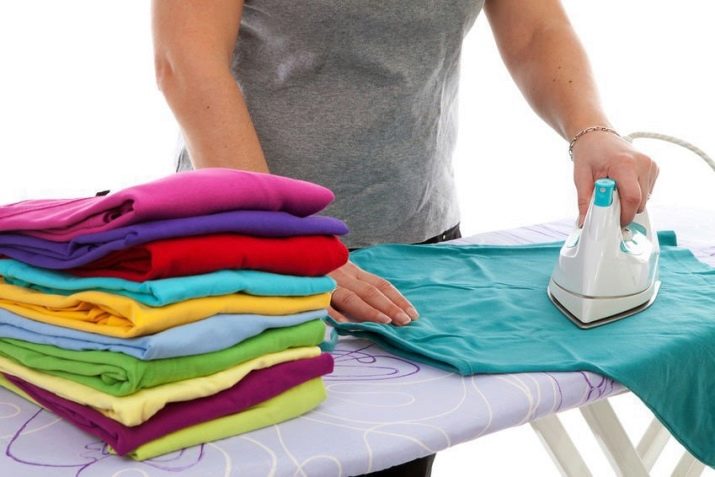
Regular and proper care, as well as a neat and careful attitude to clothes, can significantly extend the life of your favorite things made from this convenient and practical material.
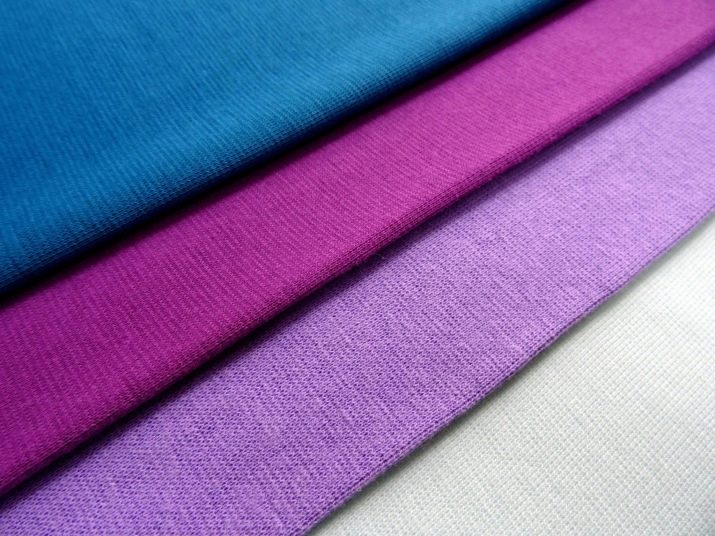
An overview of riban fabric in the video below.
